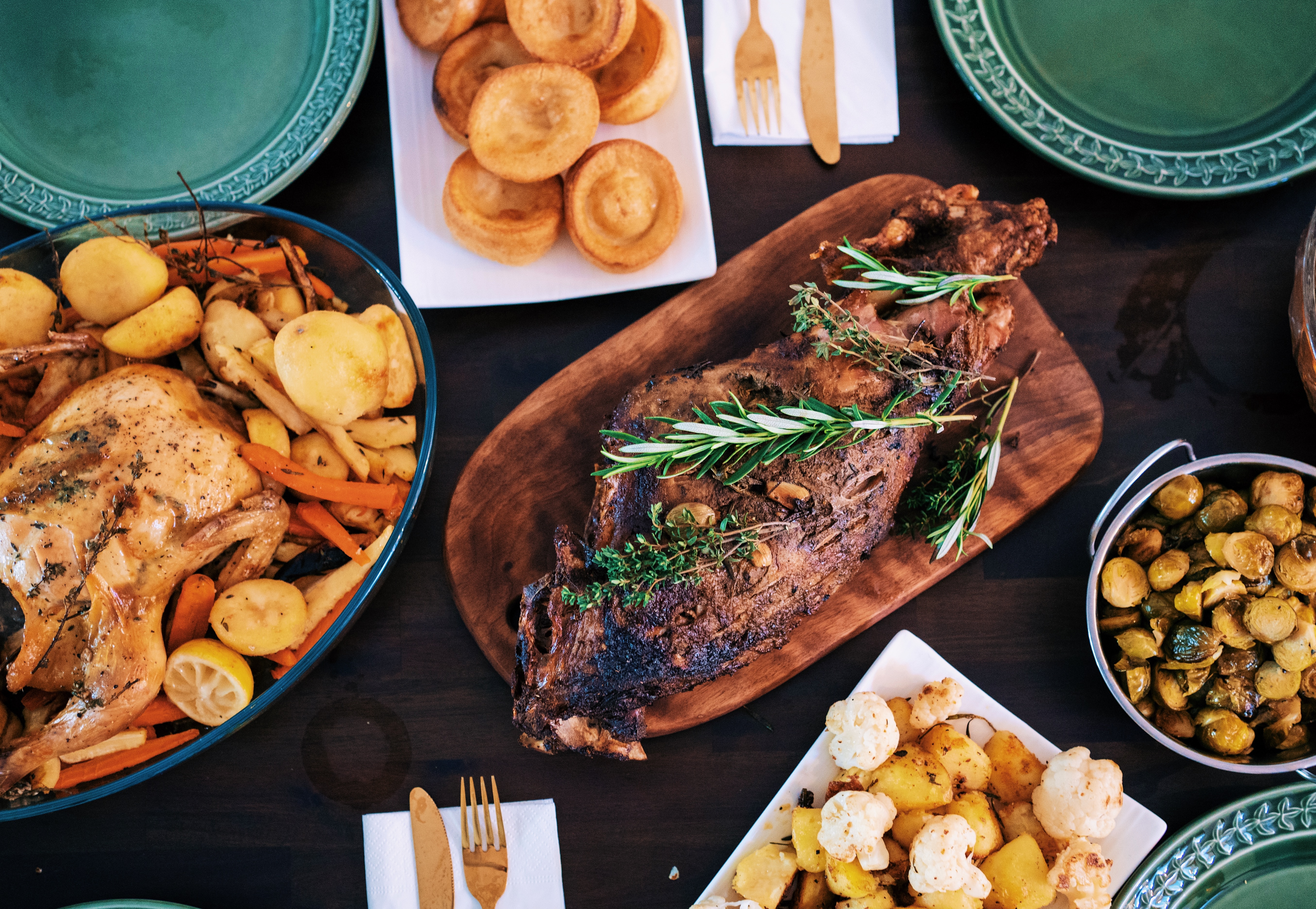Here's How to Minimize Waste This Thanksgiving
Published: November 21, 2023

Thanksgiving Day is celebrated annually in North America on the fourth Thursday of November and originally took place to commemorate the harvest season and blessings of the past year. The tradition that began in the 17th century has since transformed into a holiday celebrating community as families and friends gather to enjoy a large feast. Although whole turkeys and other hearty sides are what people look forward to enjoying, most food goes to waste.
It is estimated that roughly one pound of food per person, totaling up to 305 million pounds of food, is wasted just from Thanksgiving dinner in the United States of America. This food waste is in addition to the average of 1,160 pounds of food wasted by each American family annually.
Wasting food doesn’t just impact our wallet and the health of humanity but can also impact the environment negatively. Food production involves lots of energy, labor, land, and water during each stage before being brought into a personal kitchen. Some of the resources are renewable, while others are not which further heightens the importance of minimizing waste. Another environmental reason to avoid food waste is that once discarded, rotten food in landfills can produce methane, a greenhouse gas more potent and harsher than carbon dioxide.
From a social perspective, wasting food is a disservice to the hundreds of thousands of individuals experiencing homelessness, undernourishment, and other instability that prevent them from being able to afford nutritious food regularly. With the economy suffering from inflation, routine food waste continues to separate the less fortunate from their next meal. This also means that the one pound of food waste per American person could feed those in need rather than be thrown away.
So now that we have the facts, what can we do to help the problem at hand as a collective? Some simple tips that we can begin implementing this Thanksgiving include the following: only buy what you need, save food scraps, store or donate leftover food, and compost food not safe for consumption.
- Only Buy What You Need
- Combat food waste by having a head count for people you are expecting to join you this Thanksgiving! This will help you only buy portions of food that you know will be eaten or taken home after the meal.
- Save Food Scraps
- Fully capitalize on the food you buy this holiday season by making use of all the parts that are prepared. An example is saving the celery remaining from a side of dressing that can be used in soup broth further down the line. This can also help you get creative in making meals from items you may not have considered before!
- Store Or Donate Leftover Food
- It’s okay if you still have food left from Thanksgiving the day after, but the food does not have to be thrown out. Instead, opt to properly store the food to maintain its freshness until the next time you eat it. You can even reach out to shelters and places within your community to see if they accept food donations!
- Compost Food
- Composting is the natural process of recycling organic matter into a soil fertilizer, which is why it’s the perfect remedy for leftover food scraps. If you are a gardener, this can help your garden thrive as the nutrients will enhance the soil.
Thanksgiving is the season of giving back to your loved ones and expressing gratitude for the year before it ends! This Thanksgiving, take the time to educate those around you about the importance of minimizing food waste for a better tomorrow.
